The American Staffordshire terrier has been viewed with suspicion as it is similar to the American Pit Bull terrier and shares its ancestry. However, the AmStaff is now a separate breed which has been evolved to eliminate any aggressive tendencies. These dogs are people-orientated and can be excellent pets, but they require a firm approach to training and can be destructive in the home.
Which breed group is the American Staffordshire Terrier in?
Breed group: Terrier (American Kennel Club)
American Staffordshire terrier breed history
There is considerable confusion regarding the American Staffordshire terrier and American pit bull terrier. Pit bull is a generic description for a type of dog. American pit bull terriers are a specific breed. The American Staffordshire terrier is also a specific breed which could be described as a pit bull and which is the descendant of bulldog/terrier crosses. Both breeds were developed from British dogs which were bred for fighting. Those dogs travelled with immigrants to the United States in the 19th century where the two similar but distinct breeds later emerged.
In order to save the pit bulls from a bad press, breeders and kennel clubs began to make changes. Ill-tempered dogs were bred out and the newly evolved breed was given the name American Staffordshire terrier.
American Staffordshire terrier breed characteristics
Powerful and muscular, just like its American pit bull cousin, the American Staffordshire terrier is a little shorter in stature. It has more robust front legs and is less agile. This dog boasts a short coat which can be blue, white, red, brindle, fawn, or black. Both breeds have pronounced jaws, broad and thick cheeks, and muscular necks.
Affectionately known as AmStaffs, these dogs possess a somewhat intimidating appearance but are generally friendly, loyal and intelligent. They are protective of their owners and their owner's property. They are Easily bored and will become destructive if not sufficiently occupied. AmStaffs tend to chew and dig - a lot. They enjoy long walks and are excellent guard dogs due to their appearance and protective natures. But they tend to be all bark and no bite!
- Lifespan: 11-15 years
- Height: up to 60cm
- Weight: up to 28kg
- Short coats
- blue, white, red, brindle, fawn, or black
- Muscular build
- Pronounced jaw
- Broad cheeks
- Friendly
- Loyal
- Easily bored
- Tend to chew
- Can be destructive
Health issues with American Staffordshire terriers
- Generally healthy and robust, the American Staffordshire terrier is nonetheless predisposed to the following conditions:
- Skin allergies
- Urinary tract infections
- Arthritis
- Hip dysplasia
- Hypothyroidism
- Demodectic mange
- Cerebellar ataxia
- Heart disease
- Luxating patella
What is the American Staffordshire terrier bred for?
This breed has been evolved from British fighting dogs but in the 20th century, breeding programmes focussed on eliminating aggressive traits.
What sort of owners does the American Staffordshire terrier suit?
Friendly, protective and loyal, the American Staffordshire terrier can be an excellent companion and family pet. These dogs enjoy human interaction and tend to be incredibly playful. They are intelligent canines who require constant company and so are suited to households where at least one person is at home all day. They require only a moderate amount of exercise and so owners don't need to be fitness fanatics.
Those who cherish their furniture should think carefully about sharing their home with an AmStaff as these dogs like to chew. They will also dig up gardens and may intimidate visitors to the house. American Staffordshire terriers are not the best choice for first-time owners as they require a firm and diligent approach to training. They are powerful animals which should always be supervised around children. They will chase cats and do not tend to like living with other dogs.
The ideal owner for an AmStaff would be retired or work from home and possess experience of training dogs. They would not have small children and would be happy to share their life with one dog only and no cats!

